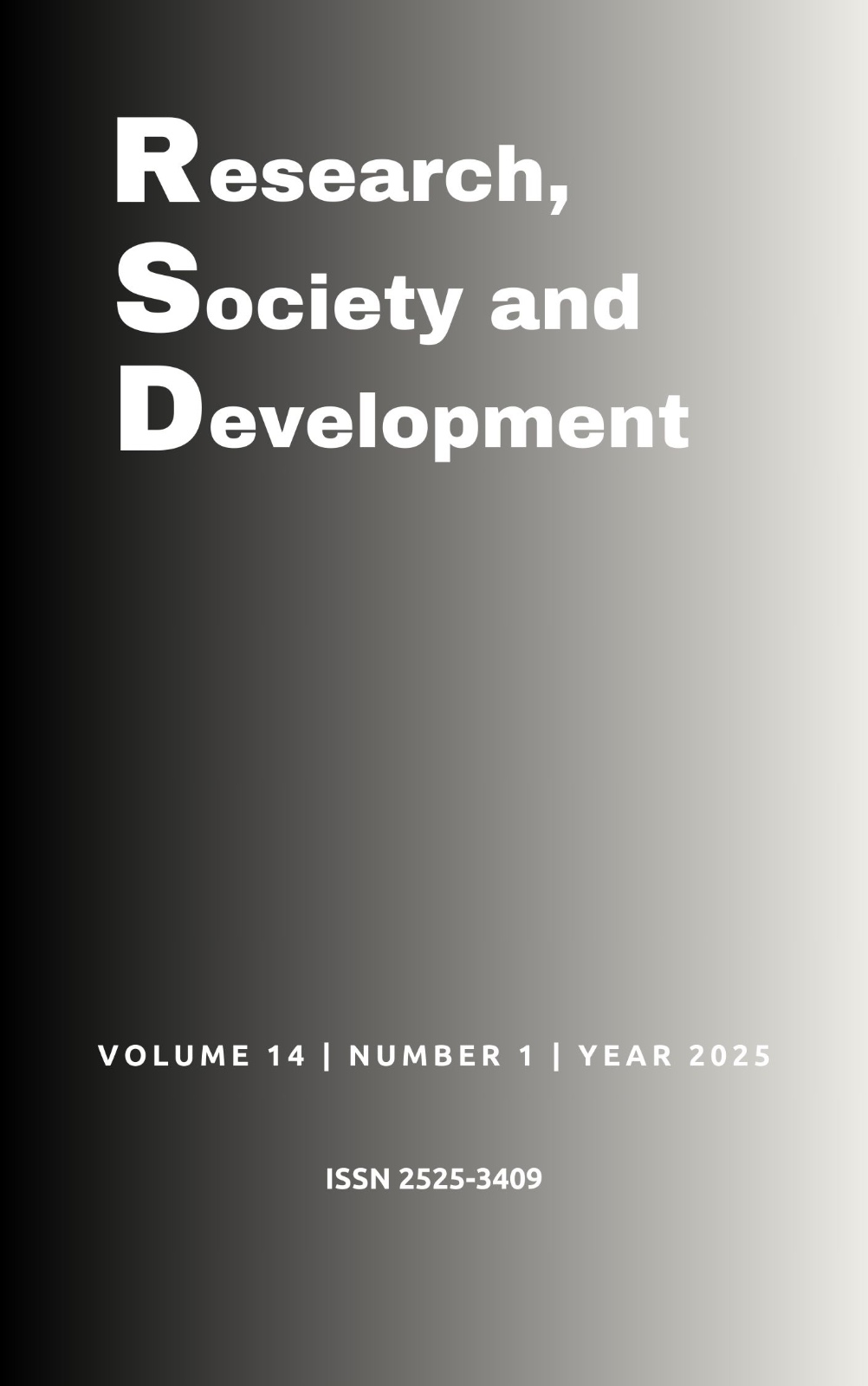Vulnerable populations and their health and social conditions: The Central Region of the Federal District as a focus of study
DOI:
https://doi.org/10.33448/rsd-v14i1.47942Keywords:
Vulnerability; Health; Territory.Abstract
The Brasília Pilot Plan, although recognized for its quality infrastructure and services, is home to a significant vulnerable population that often goes unnoticed. With around 220 thousand inhabitants, the region is considered developed, but it has the largest homeless population in the Federal District, highlighting the precarious health and access conditions. Vulnerability is linked to factors such as inadequate food, decent housing, sanitation and work and leisure opportunities. The main objectives of this study include understanding the habits and social and health conditions of vulnerable populations, mapping the territory of these populations in the Central Health Region of the Federal District and highlighting the existence of vulnerable populations in the country's capital. The results indicate that social vulnerability in the central region of the country's capital is present, even if discreetly and silently, in several areas throughout the Plano Piloto. A cross-sectional literature review of a qualitative nature was carried out on the topic.
References
Abreu, J. (2023). Após STF vetar remoção, moradores de rua se espalham por Brasília. 2023. c:https://www.metropoles.com/distrito-federal/stf-moradores-de-rua.
Brasil. Ministério da Saúde. (2023). Secretaria de Atenção Primária à Saúde. e-SUS Atenção Primária à Saúde: Manual do Sistema com Prontuário Eletrônico do Cidadão PEC – Versão 5.2 [recurso eletrônico] / Ministério da Saúde, Secretaria de Atenção Primária à Saúde, Secretaria Executiva. – Brasília: Ministério da Saúde, 2023.
Costa, A. C. S., & Oliveira Arguelhes, D. (2008). A higienização social através do planejamento urbano de Belo Horizonte nos primeiros anos do século XX. Universitas Humanas, 5(1), 2008.
Dimenstein, M., & Cirilo Neto, M. (2020). Abordagens conceituais da vulnerabilidade no âmbito da saúde e assistência social. Revista Pesquisas E Práticas Psicossociais, 15(1), 1–17. Recuperado de http://www.seer.ufsj.edu.br/revista_ppp/article/view/3704
IBGE. (2022). Coordenação de Estruturas Territoriais; IBGE. Coordenação Técnica do Censo Demográfico. Atualização dos dados da publicação “População e domicílios: primeiros resultados” (segunda apuração): nota metodológica n. 01; Nota metodológica 01/2023; Nota metodológica n. 01; Notas explicativas : Censo 2022
IPE/DF. (2020). Índice de vulnerabilidade do Distrito Federal. Diretoria de Estudos e Políticas Sociais – Dipos/Codeplan Dezembro, 2020
IPEDF – Instituto de Pesquisa e Estatística do Distrito Federal. (2022). Perfil da população em situação de rua do Distrito Federal. Questionário. Brasília: IPEDF, 2022.
Lorenzo, C. (2006). Vulnerabilidade em Saúde Pública: implicações para as políticas públicas. 2006.Revista Brasileira de Bioética.
Negret Fernandez, F.; Resende Oliveira, G. (2020). Brasília, entre as desigualdades e a exclusão social. Revista Baru - Revista Brasileira de Assuntos Regionais e Urbanos, Goiânia, Brasil, 6(1), e7674, 2020. DOI: 10.18224/baru.v6i1.7674. https://seer.pucgoias.edu.br/index.php/baru/article/view/7674.
PDAD. IPEDF Instituto de Pesquisa e Estatística do Distrito Federal. (2021). Disponível em: PDAD 2021- IPEDF.
Rother, E. T. (2007). Revisão sistemática x revisão narrativa. Acta Paul. Enferm. 20(2). https://doi.org/10.1590/S0103-21002007000200001.
Mattos, P. C. (2015). Tipos de revisão de literatura. Unesp, 1-9. Recuperado de https://www.fca.unesp.br/Home/Biblioteca/tipos-de-evisao-de-literatura.pdf.
Pereira A. S. et al. (2018). Metodologia da pesquisa científica. [free e-book]. Editora, UAB/NTE/UFSM.
Downloads
Published
How to Cite
Issue
Section
License
Copyright (c) 2025 Ellen Mayara Souza Pires; Rodrigo de Oliveira Vilela; Júlia Oliveira Souza; Fabiano Maluf

This work is licensed under a Creative Commons Attribution 4.0 International License.
Authors who publish with this journal agree to the following terms:
1) Authors retain copyright and grant the journal right of first publication with the work simultaneously licensed under a Creative Commons Attribution License that allows others to share the work with an acknowledgement of the work's authorship and initial publication in this journal.
2) Authors are able to enter into separate, additional contractual arrangements for the non-exclusive distribution of the journal's published version of the work (e.g., post it to an institutional repository or publish it in a book), with an acknowledgement of its initial publication in this journal.
3) Authors are permitted and encouraged to post their work online (e.g., in institutional repositories or on their website) prior to and during the submission process, as it can lead to productive exchanges, as well as earlier and greater citation of published work.

